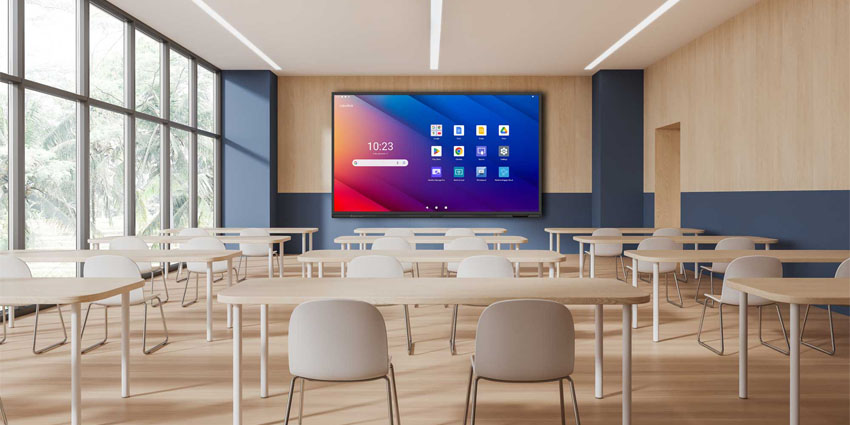Endpoints have always been a valuable part of the communication landscape. For decades, we’ve relied on innovative conference phones and desktop devices to help us connect with clients and colleagues. Over the last few years, however, the marketplace has started to change, with a greater focus on endpoints that allow for more immersive conversations.
Intelligent phone systems now come with access to wireless functionality so that teams can move around the office without restrictions. Virtual assistants are appearing within conference phones, helping to take notes, and manage meetings. For the considerable percentage of people now working remotely, headsets with active noise cancellation improve focus and privacy.
Similarly, cameras open the door to meaningful video meetings. There are even full room kits that combine cameras, speakers, and microphones into an all-in-one solution for teams.
The Importance of Choosing the Right Endpoints
So, why is it so essential to have the right tools available for your team?
Ultimately, while collaboration software like Microsoft Teams, Slack, and RingCentral Glip might help to strengthen the connections between employees, these systems aren’t enough on their own.
A good video camera is how you ensure that everyone in your workforce can take a video-first approach to meetings. These cameras can capture clear images, which strengthens the human connection between your employees. You can even find cameras that come with extra features built-in, like wide-angle zoom for huddle rooms.
Headsets for today’s employees aren’t just a great way to give them a hands-free way to connect with people. Some of the most advanced headset devices come with access to virtual assistants that employees can use to manage tasks on the move. There are also headsets that block out external noise for both the microphone and the headphones, allowing for better quality conversations.
Even the standard desk phone isn’t as simple as it used to be. Modern devices come with touchscreens where people can share content through tools like Microsoft Teams. Phones are also beginning to feature plug-and-play functionality, ideal for smaller groups.
How to Choose Your Endpoints
So, how do you decide if a video camera, phone, or headset is right for your team? There’s no one-size-fits-all strategy here. However, you can take a few crucial steps to boost your chances of success. For instance:
- Know the problem: Start by thinking about the problem this endpoint is going to solve. If you’re trying to improve remote worker engagement, plug-and-play video cameras and headphones with a built-in microphone are great places to start
- Know your employees: Understand how your team members like to work. Do they prefer having a professional desk phone device? Or would they be more comfortable using a headset and an application on their phone?
- Know your needs: Enabling all kinds of workers in the modern landscape doesn’t mean overlooking important concepts like compliance and security. Make sure that any devices you choose have the right systems in place to protect your team
- Know the features: Think about what kind of features are going to be most beneficial for your employees. Do your headsets need to integrate with a collaboration app? Do you want a camera that works alongside a virtual whiteboard?
- Know the vendor: Find out as much as you can about the company, you’re getting your endpoints from. Can they offer at platform agnostic performance, so you can use your devices with any software? How easy are they going to make it to provision new tools
Getting Ready for a New Age of Endpoints
Supporting a successful team in the current landscape isn’t just about having access to the right cloud-based technology. As important as it is to keep everyone connected in a virtual workspace, you still need to think about the physical conditions of your team members too.
Endpoints that are easy to use, effective, and scalable will help to empower your team as you move to new states of working. You can explore things like home office plug and play kits for your more active executive-level employees, or experiment with simpler camera and headset combos for remote workers who need to stay connected.
As we head further into the future, there’s a good chance that the things you’ll need to consider when choosing endpoints will continue to evolve, with access to new things like AR, VR, and even 5G on the horizon. For now, make sure you pay attention to what your employees need, and they’ll reward you for it.







